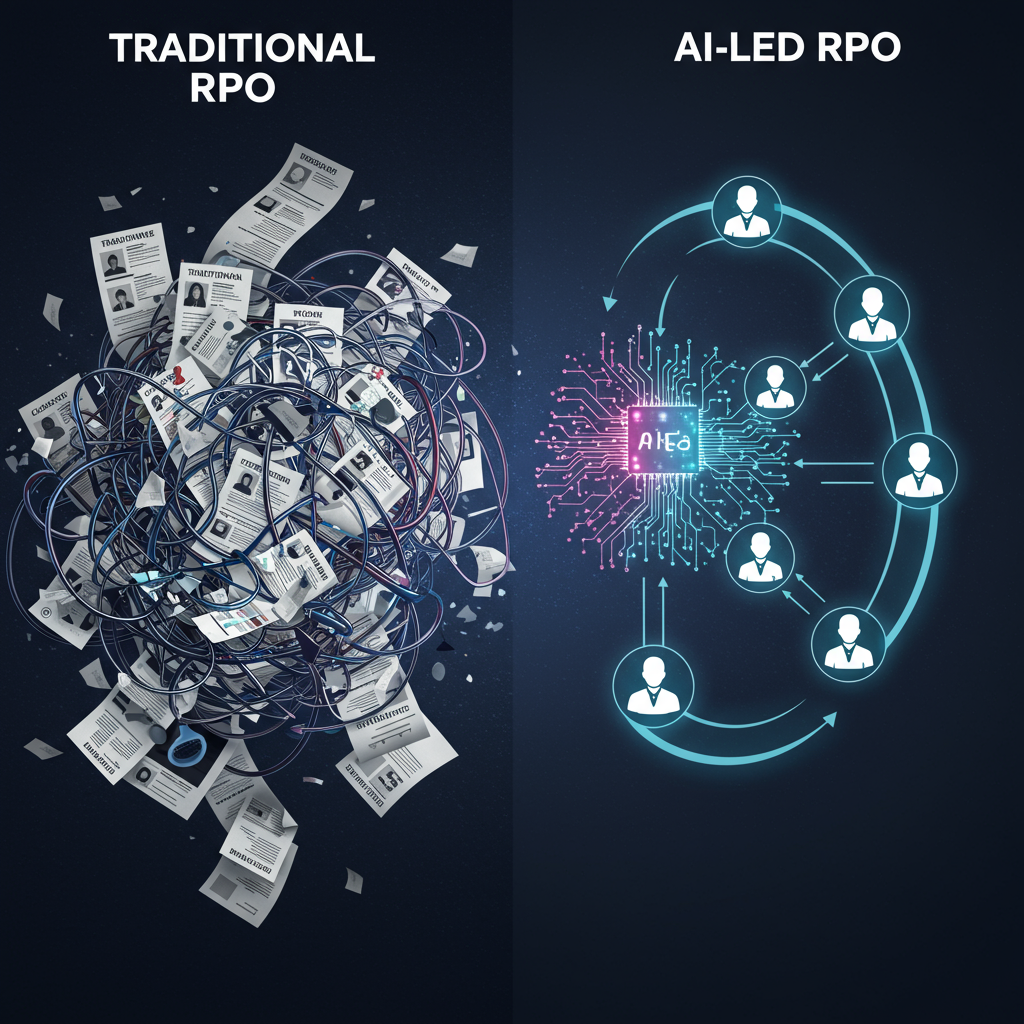Cross Border Recruitment

What started off as a few weeks of working from home to working remotely till further notice has slowly given way to a new way of working altogether. The pandemic has turned the world on its head virtually overnight. Remote working for one, which was on the rise at a very slow pace until the recent past has become pretty mainstream. The pandemic has without a doubt accelerated the change in the way we work, breaking down geographical barriers and opening up opportunities for cross-border talent to thrive.
From a handful of companies, more in the global north we now have virtually entire sectors and job profiles across geographies transitioning into remote working, permanently. Ajinkya Salvi’s observations pointing to evidence that 966% of all the job searches in India have been remote job searches therefore comes as no surprise. While the numbers are much higher than one would have ever imagined, the direction seems both right and irreversible. This is not a passing fad. This is made evident by the same study Salvi referred to where one in every two employers hired only virtually. This is huge.
While most of us heard of offices being sold off during the second half of the pandemic, these felt like one off cases. The numbers, however, point to clear trends and shifts it has caused in the recruitment industry. Recruiters and talent acquisition heads who conventionally hired location specific are now having to widen their candidate pools across geographies. The hiring focus has shifted from location to skills.
Since talent acquisition heads don’t have access to potential candidates sitting across the world, they will now need to expand their search. However, since an organisation does not know where the right talent could be found, this could become a complete nightmare. The relevance of getting onto a recruitment platform like CBREX could not be more relevant given that it has a wide network of recruiters sitting across the world.
Using CBREX's marketplace for talent acquisition, enterprises can take advantage of advanced machine learning algorithms that drastically reduce the time required to fill a requisition. by routing it only to those firms most likely to fulfil. This combined with its transparent process from on-boarding of bona fide firms, to setting up requisition screening criteria, to scoring submitted resumes for fit means that enterprises receive screened resumes at scale. All of this is critical to hiring. Recruitment is at an all time high and the curve isn’t likely to flatten out anytime soon. Neither are the ways of working. Given this reality, it might be time for recruiters and enterprises to transition to recruitment platforms.








